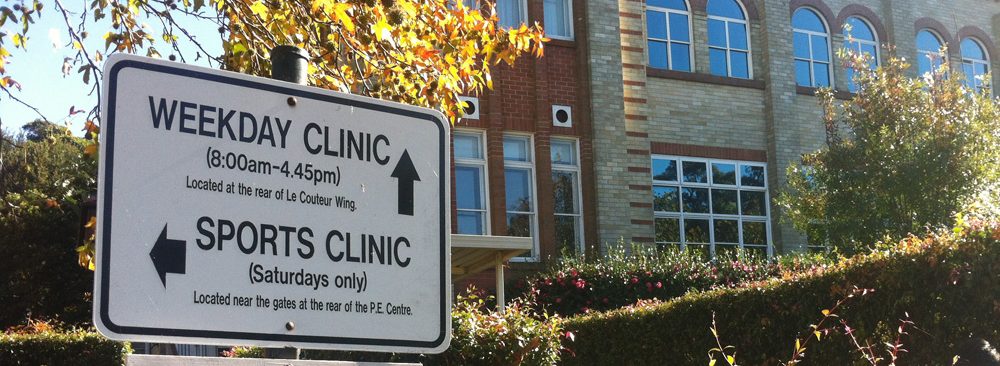Don’t get choked up about Choking
Do you know how to manage someone who is choking?
Choking occurs when a foreign body, like a coin, marble or hard piece of food enters the trachea or breathing pipe. Mostly the foreign body only partially occludes the airway and the person can still breathe and cough, but sometimes it can completely block the airway. Then this is a life threatening emergency.
Signs and symptoms of choking may include:
- Clutching the throat (universal sign)
- Coughing, wheezing, gagging, red face
- Having difficulty speaking or swallowing
- Making strange sounds or no sounds at all
- Face, neck, lips, ears, fingernails turning blue or dusky
- Loss of consciousness
Small children are more prone to choking as their molars, used for grinding and mashing, are not well developed. Children often speak and laugh while eating with mouths full. Having said that, recently a friend of mine choked on a piece of pork belly and my son’s 16 year old friend choked on a whole grape.
Emergency Departments advise to be especially aware of button batteries as if these are swallowed they very corrosive and can cause internal damage.
Steps to follow if someone is choking:
- Call for help. Ring 000.
- If the person is breathing and has an effective cough encourage them to keep coughing to dislodge the object. Stay calm and watch them closely. They usually manage to cough it up.
- If the person has an ineffective cough then treatment depends on whether they are conscious or unconscious.
- If unconscious, commence CPR by giving 30 chest compressions followed by 2 breaths continuing until help arrives.
- If conscious:
– Lie a smaller child or baby across your knee face down so that their head is lower than their chest.
– An older child or adult should be encouraged to lean forwards over a chair.
– Give five sharp back blows with the heel of your hand between the shoulder blades. If there is no result, turn the body over and while supporting their back give five chest thrusts. The hand (or two fingers for a baby) should be placed over the lower third of the breast bone and the thrusts are sharp and slower than chest compressions.
– Continue to alternate between back blows and chest thrusts until help arrives, assessing after each cycle.
– If at any point the person stops breathing then commence CPR.
It is no longer recommended to do a finger sweep of the mouth in case you push the foreign body further down. The Heimlich manoeuvre is not recommended as it may cause damage to internal organs and inhalation of vomit, especially in a child.
I hope this is useful should you ever find yourself in this type of situation.
Sister Margaret Bates
College Nurse






